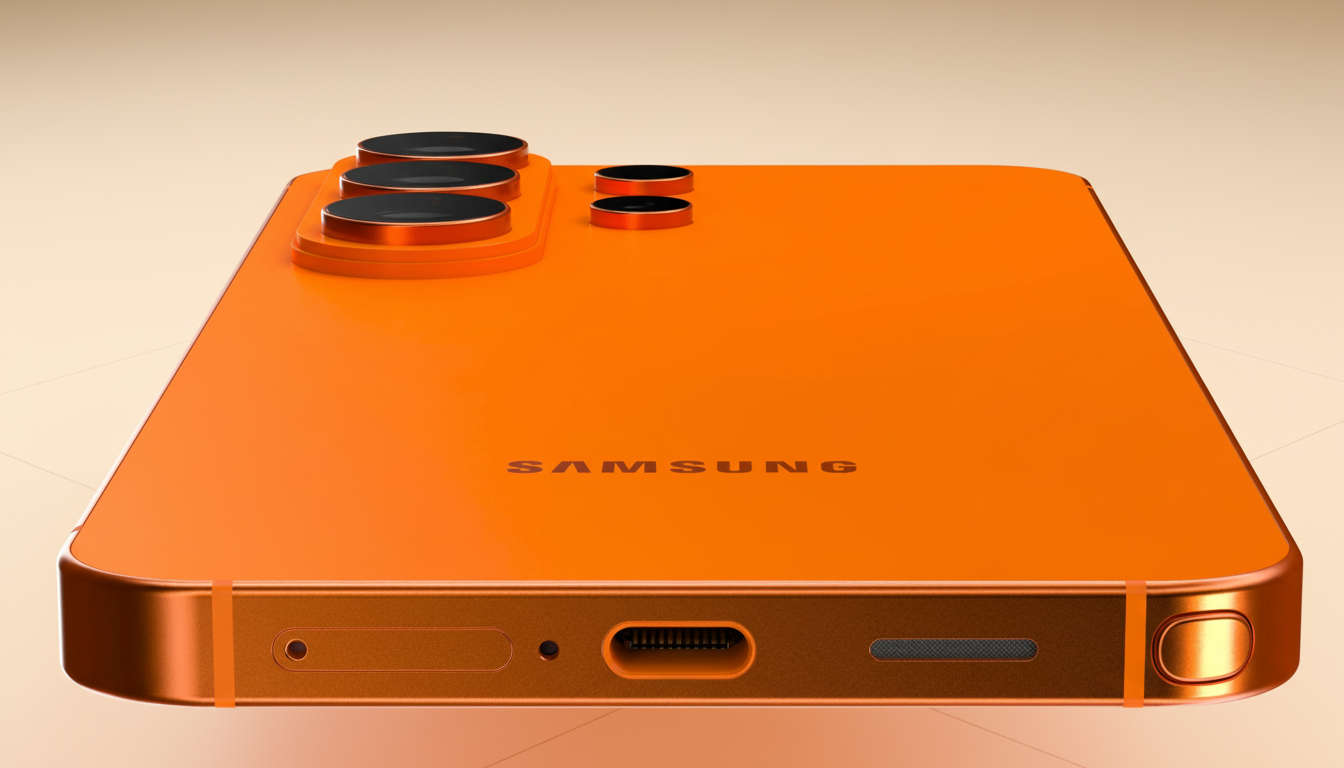A fresh leak points to Samsung staging its next Galaxy Unpacked in San Francisco, with the Galaxy S26 series slated to headline. The report, originating from Korean outlet Money Today and amplified by industry watchers, suggests Samsung has kicked off event preparations—an indicator the brand is locking in plans for a higher-profile stateside debut.
If accurate, the move would mark a symbolic return to the Bay Area for the Galaxy S line and a later-than-usual launch window for Samsung’s early-year flagships. Company spokespeople have not confirmed the details, but the chatter aligns with prior whispers of a slight schedule shift for the S26 family.
- What the latest Galaxy S26 Unpacked leak suggests
- Why a San Francisco Unpacked matters for Samsung
- What to expect from Samsung’s Galaxy S26 lineup
- On-device AI and performance priorities
- Cameras, design refinements, and software
- Timing, portfolio strategy, and venue chatter
- Upgrade outlook, preorder timing, and buyer guidance

What the latest Galaxy S26 Unpacked leak suggests
Money Today cites industry sources who say Samsung is preparing an in-person Unpacked in San Francisco, bucking the recent trend of rotating global venues. Social posts from well-known device trackers echo the timing, framing it as a modest delay compared with Samsung’s typical cadence for its S-series reveals.
Separately, supply-chain chatter hints that the company weighed a reshuffle of the lineup—at one point considering a “Pro” model and an “Edge” in place of the usual configurations—before ultimately deciding to keep the familiar trio: base, Plus, and Ultra. That tracks with what many in the channel have been hearing for months.
Why a San Francisco Unpacked matters for Samsung
San Francisco is more than a marquee backdrop—it’s the gravitational center of today’s AI ecosystem. With heavyweight labs, chipmakers, and venture-backed startups clustered nearby, the Bay Area gives Samsung a stage to double down on its AI-first smartphone pitch and to showcase partnerships that make on-device features feel tangible, not theoretical.
Analysts estimate Samsung commands roughly 20% of global smartphone shipments, but premium-tier momentum is increasingly critical as buyers stretch upgrade cycles. Counterpoint Research and IDC have both highlighted how the high-end segment is outpacing the broader market and how “AI phones” are now a strategic battleground. Setting the S26 narrative in San Francisco sends a clear signal about where Samsung sees the future—and where it wants the attention.
What to expect from Samsung’s Galaxy S26 lineup
On-device AI and performance priorities
While final specs remain under wraps, expect Samsung to center the S26 series on expanded on-device AI, tighter integration with cloud models, and more ambitious camera compute. The Ultra is likely to carry the heaviest lift on imaging—think improved low-light processing, zoom refinements, and generative photo tools—while the base and Plus models adopt a leaner but still capable feature set.
Samsung’s dual-silicon strategy will be closely watched. Recent flagships have split between regional Snapdragon and Exynos variants, with performance and efficiency converging more each cycle. The S26’s neural processing horsepower—measured not just in TOPS but in how quickly it transcribes, translates, edits, and generates content without a data connection—will matter more than raw CPU gains to most buyers.

Cameras, design refinements, and software
Design-wise, incremental refinements are more likely than radical changes: flatter frames, lighter materials on larger models, and durability tweaks. Similarly, expect a new wave of Galaxy AI features on the software side: better offline summarization, smarter scene understanding that combines semantic kernels with conventional image pipelines, and more polished cross-device workflows involving tablets, wearable devices, and Windows PCs.
Timing, portfolio strategy, and venue chatter
A marginally later autumn launch window hints at two of them. First, a bigger software push: calibrating AI functionality, privacy settings, and on-device model cautions demands time, especially if Samsung wants to broaden its offline capability. The second is portfolio tactics: keeping the core trio and tweaking the SKUs reduces supplier, carrier, and merchant inventory anxiety and aids forecasting.
The chosen venue, located in New York City, also sets Samsung up to spend a day or two briefing U.S. carrier investors and corporate consumers. Two years of interaction stripped of trade shows represent a lot of pent-up demand, and Samsung has benefited from a practical approach to demonstrating AI use cases, such as:
- Meeting summaries
- Language conversions
- Background music removal
- Editing
Upgrade outlook, preorder timing, and buyer guidance
For upgraders, the perspective is simple: anticipate a near-term Unpacked in San Francisco with preorders soon and early-bird discounts focused on exchange deals, storage increases, and kit enhancements. Samsung relies on aggressive bargains to make ultra-high pricing manageable.
If you place a value on camera versatility and long software support, the Ultra will continue to be the safe bet; if you desire modern AI features minus the weight, the Plus may prove to be the sweet spot.
Just in case you are one of the people who is keeping an older device, the S26’s increased on-device AI should be the most significant practical leap of all—less time waiting on the cloud, and extra time to bang out the features that are working on the phone the very first minute. While the leak leaves the impression of a splashy San Francisco return, refined three-model lineups, and an accent on AI that seem less like a marketing description and more like day-to-day usefulness, picture how far Samsung can still push the S series narrative.

